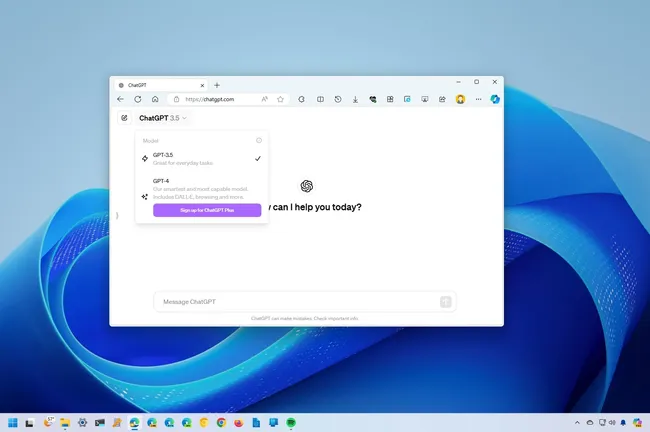Quick explainer between the OpenAI's flagship models.
OpenAI recently launched its newest large language model, GPT-4o, but with so many versions now available, it's getting confusing to distinguish between them as they all understand and generate text responses. However, the differences lie in the accuracy, speed, cost, and specific features each model offers.
In the case of GPT-4o, we also have to consider the ability to process video to generate responses almost as quickly as a human can process similar information.
In this guide, I'll give you an overview of the differences between OpenAI's large language models so you can have a basic understanding of the available versions.
GPT-4o vs. 4 vs. 4 Turbo vs. 3.5
Currently, OpenAI offers four GPT versions for developers as well as for consumers using ChatGPT, including GPT-3.5, 4, 4 Turbo, and 4o, and here's an overview of all of them to understand their differences.
GPT-3.5
GPT-3.5 became available in March 2022. It's a language model built on the GPT-3 architecture featuring enhancements in scale and training data, and it's currently the version available completely free (without internet search capabilities) through the OpenAI ChatGPT service.
This language mode includes improvements in natural language understanding and generation. Compared to GPT -3, version 3.5 offers better coherence, relevance, and contextual understanding and can more accurately handle more complex instructions than its predecessor.
In addition, there's the less talked about GPT-3.5 Turbo, which introduced various improvements over the original release. This version of the language model was released in preparation for the GPT-4 release, and it allowed developers to customize the model for different use cases and run these models at scale.



3175x175(CURRENT).thumb.jpg.b05acc060982b36f5891ba728e6d953c.jpg)
Recommended Comments
There are no comments to display.
Join the conversation
You can post now and register later. If you have an account, sign in now to post with your account.
Note: Your post will require moderator approval before it will be visible.